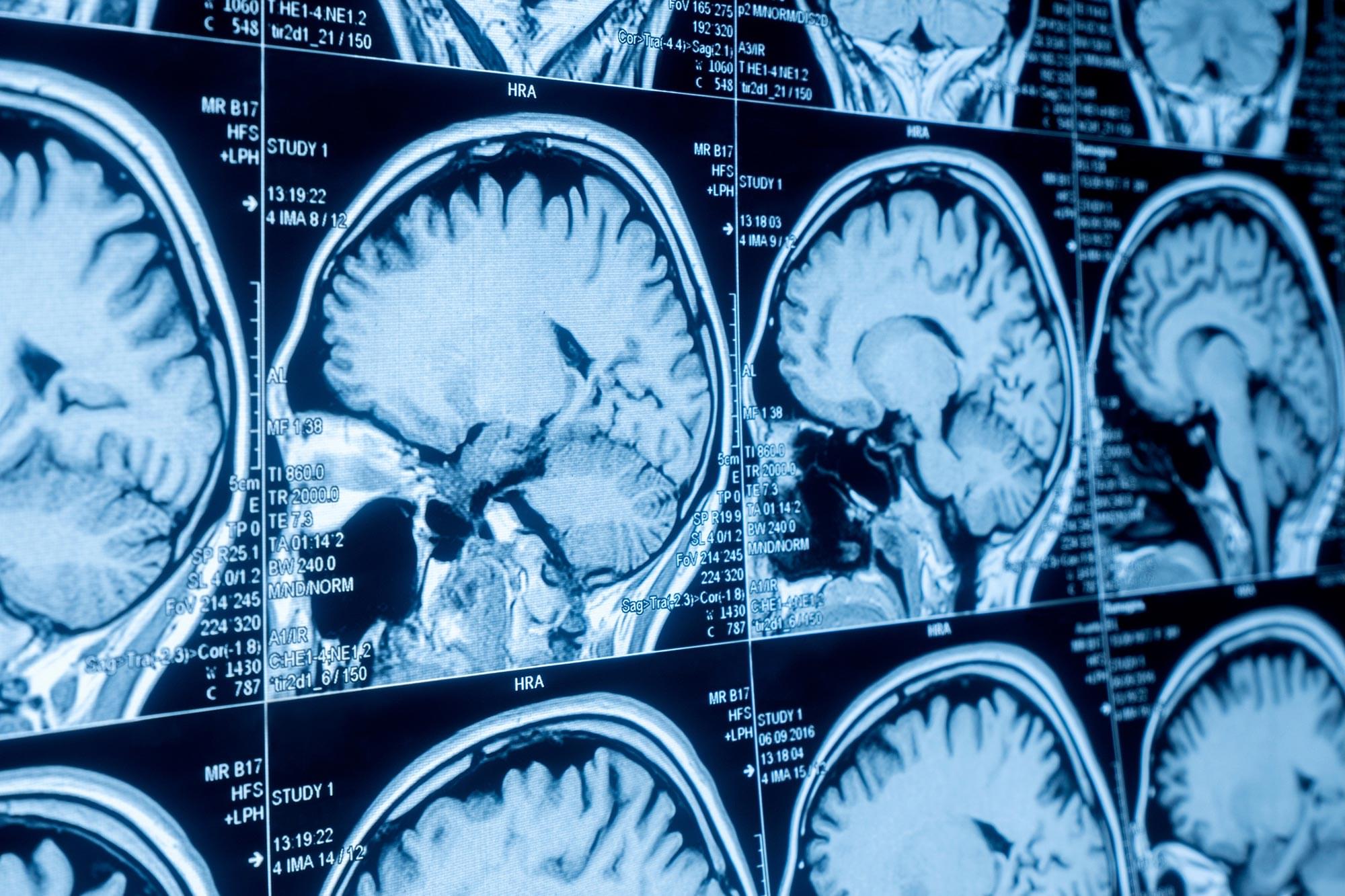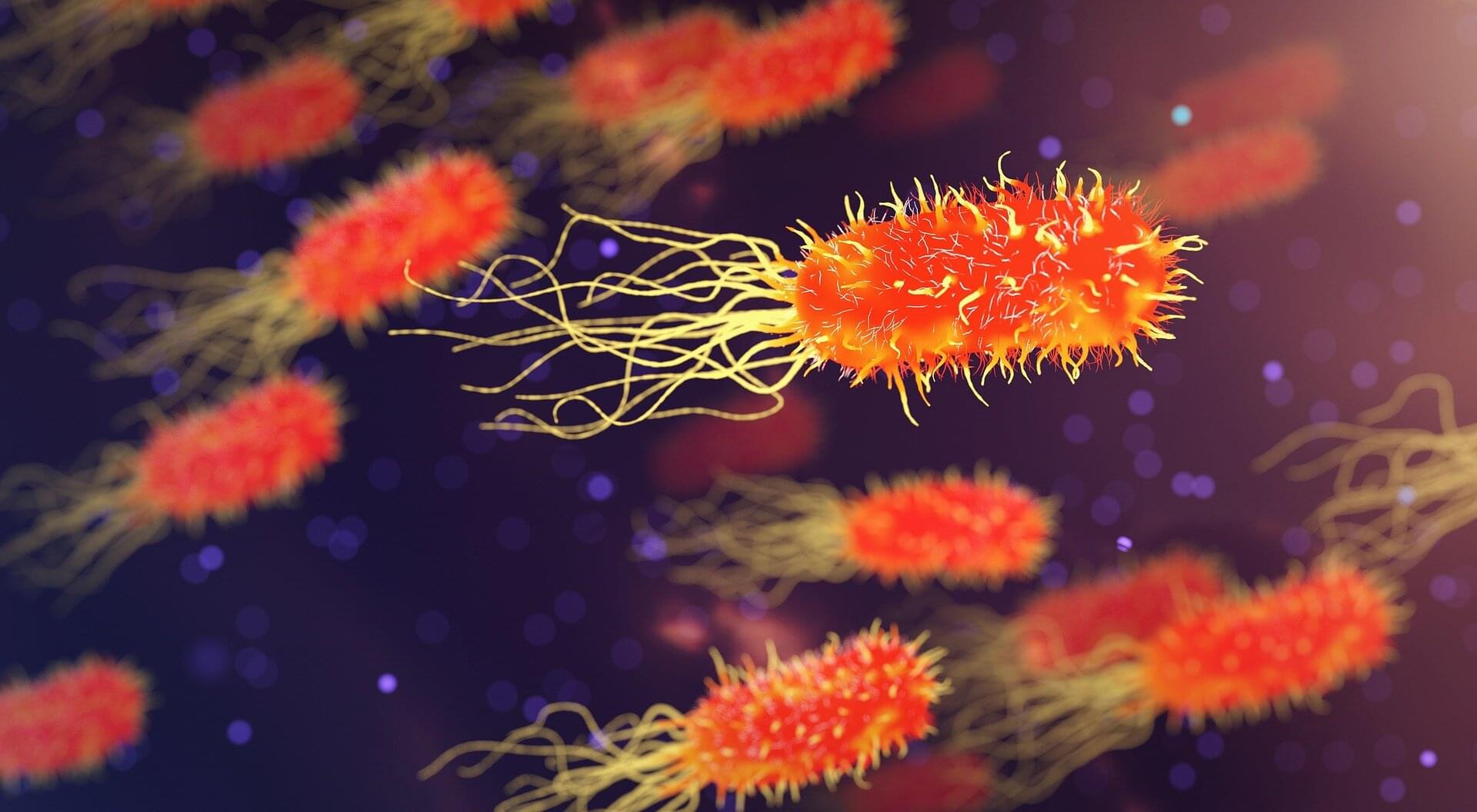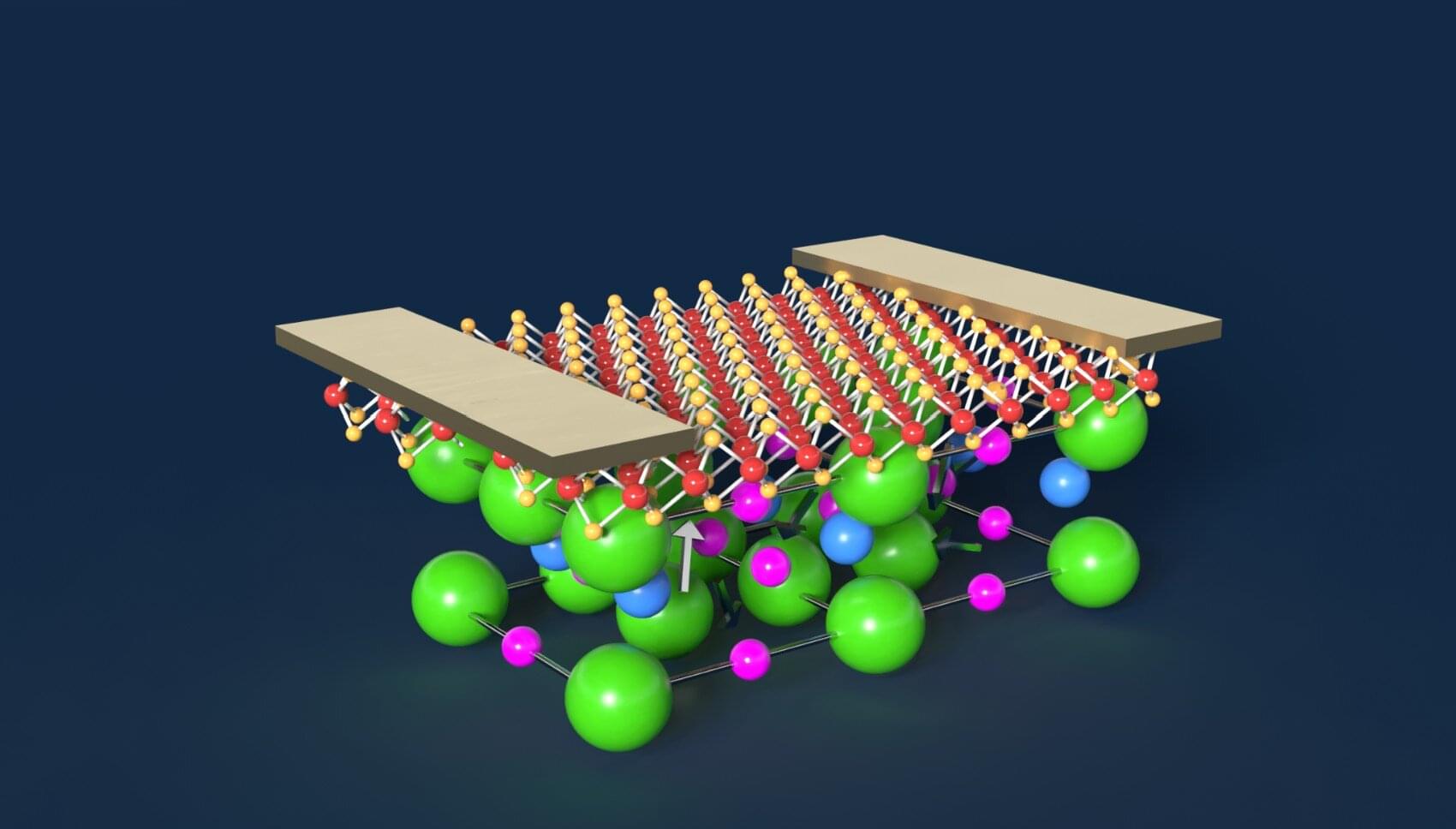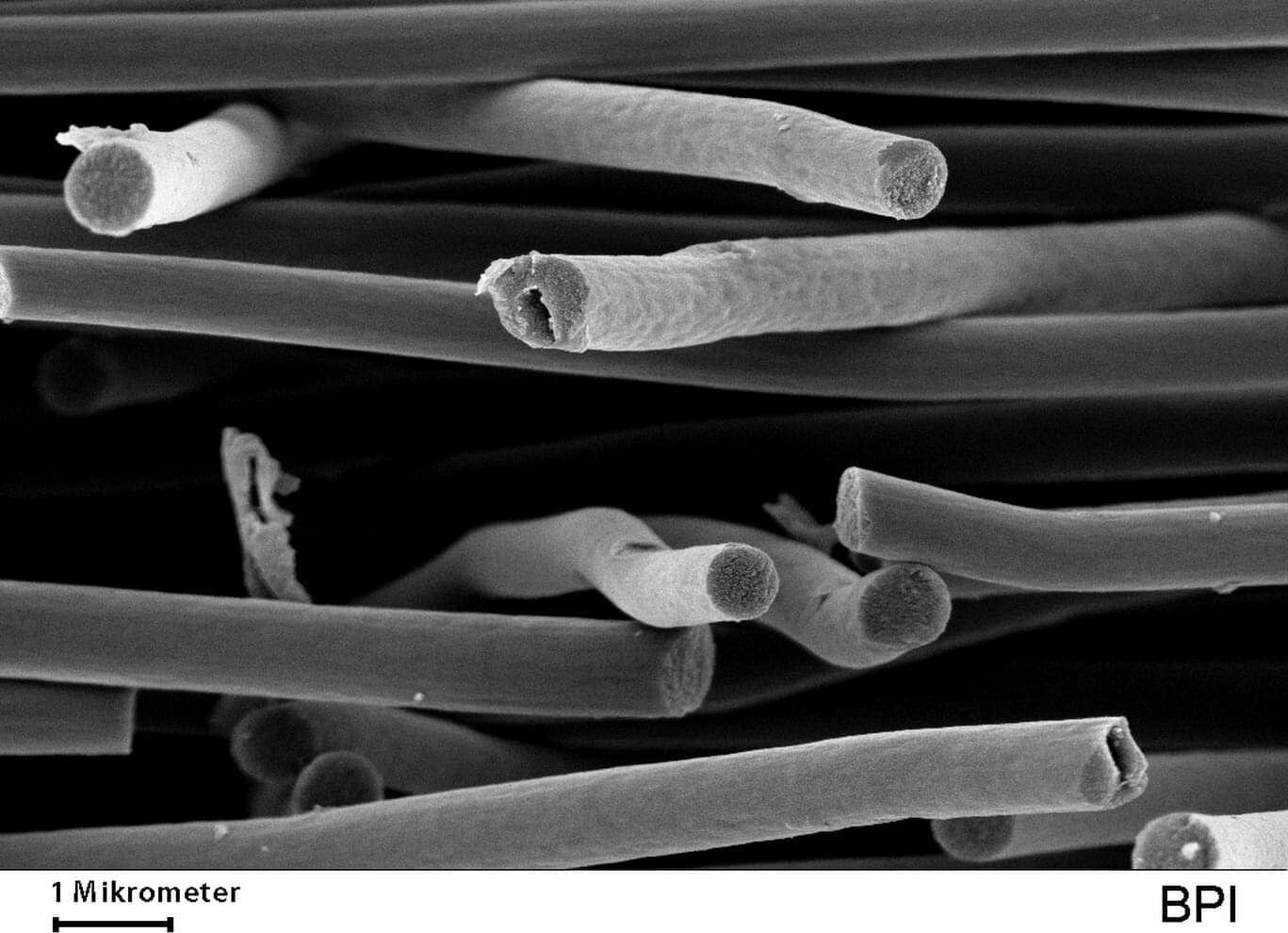Serving the chemical, life science, and laboratory worlds.
Bread is full of carbon, which just so happens to be a pretty good conductor when properly processed.
The year one hundred two thousand twenty-three. A giant meteorite the size of Pluto is approaching the Solar System. It flies straight to Earth. But as the meteorite crosses Saturn’s orbit, a swarm of miner probes approaches it. The scan revealed no minerals on the object, so the searches returned with nothing.
Meanwhile, the Space Security Center in Alaska military personnel are setting up a laser. The Solar System witnesses a sudden flare and nothing remains of the dwarf-sized meteorite. Now, unless hydrogen miners on Jupiter post videos of another annihilation on social media… This is what the world will look like when humanity finally becomes a Type Two civilization on the Kardashev scale. We’ll have almost infinite energy reserves, the ability to prepare for interstellar flights, or to instantly destroy any threat. But will humanity really be safe? And what can ruin a Type Two civilization?
#eldddir_space #eldddir_earth #eldddir_homo #eldddir_animals.
#eldddir_disaster #eldddir_ocean #eldddir_bombs #eldddir_future #eldddir_tech #eldddir_jupiter #eldddir_mars #eldddir_spacex #eldddir_rockets
An AI-powered tool called MELD Graph is revolutionizing epilepsy care by detecting subtle brain abnormalities that radiologists often miss.
By analyzing global MRI data, the tool improves diagnosis speed, increases access to surgical treatment, and cuts healthcare costs. Though not yet in clinical use, it is already helping doctors identify operable lesions, offering hope to epilepsy patients worldwide.
AI Breakthrough in Epilepsy Detection.
There’s an arms race in medicine—scientists design drugs to treat lethal bacterial infections, but bacteria can evolve defenses to those drugs, sending the researchers back to square one. In an article published in the Journal of the American Chemical Society, a University of California, Irvine-led team describes the development of a drug candidate that can stop bacteria before they have a chance to cause harm.
“The issue with antibiotics is this crisis of antibiotic resistance,” said Sophia Padilla, a Ph.D. candidate in chemistry and lead author of the new study. “When it comes to antibiotics, bacteria can evolve defenses against them—they’re becoming stronger and always getting better at protecting themselves.”
About 35,000 people in the U.S. die each year from antibiotic-resistant bacterial infections from pathogens like Staphylococcus, while about 2.8 million people suffer from bacteria-related illnesses.
Firefly Aerospace’s Blue Ghost spacecraft took some unique photos of our home planet on its Mission 1 flight to the moon in late January and early February. The spacecraft is now in orbit around the moon, with a planned landing date of March 2.
Scientists have taken a huge step forward in perfecting the method to synthesize lonsdaleite.
Scientists at Penn State have harnessed a unique property called incipient ferroelectricity to create a new type of computer memory that could revolutionize how electronic devices work, such as using much less energy and operating in extreme environments like outer space.
They published their work, which focuses on multifunctional two-dimensional field-effect transistors (FETs), in Nature Communications. FETs are advanced electronic devices that use ultra-thin layers of materials to control electrical signals, offering multiple functions like switching, sensing or memory in a compact form.
They are ferroelectric-like, meaning the direction of their electric conduction can be reversed when an external electric field is applied to the system. FETs are essential in computing, since the ferroelectric-like property allows them to shift signals.
Silicon is the best-known semiconductor material. However, controlled nanostructuring drastically alters the material’s properties. Using a specially developed etching apparatus, a team at HZB has now produced mesoporous silicon layers with countless tiny pores and investigated their electrical and thermal conductivity.
For the first time, the researchers elucidated the electronic transport mechanism in this mesoporous silicon. The material has great potential for applications and could also be used to thermally insulate qubits for quantum computers. The work is published in Small Structures.
Mesoporous silicon is crystalline silicon with disordered nanometer-sized pores. The material has a huge internal surface area and is also biocompatible. This opens up a wide range of potential applications, from biosensors to battery anodes and capacitors. In addition, the material’s exceptionally low thermal conductivity suggests applications as thermal insulator.
Researchers at the University of Bayreuth present novel electrospun nonwovens in Science Advances that exhibit an unusual combination of high electrical conductivity and extremely low thermal conductivity.
The nonwovens represent a breakthrough in materials research: it has been possible to decouple electrical and thermal conductivity based on a simple-to-implement material concept. The nonwovens are made of carbon and silicon-based ceramic via electrospinning process and are attractive for technological applications, for example, in energy technology and electronics. They can be manufactured and processed cost-effectively on an industrial scale.
Normally, high electrical conductivity is associated with high thermal conductivity, and low thermal conductivity goes with low electrical conductivity. However, in many high-tech industries, there is growing interest in multifunctional materials that that combine good electric with low thermal transport.








